Gale Rhodes0125870728, 9780125870726
Crystallography Made Crystal Clear, Second Edition explains how scientists discover the structures of the macromolecules. Scientists do not see these molecules directly. Instead, they build models as a means of interpreting data from x-ray diffraction by crystals, or by irradiation by other forms of energy. Users of these models need to know how they are obtained in order to know what they are seeing when they study a model of a macromolecule. They also need to know how to judge whether conclusions they draw from the molecular models are really supported by the models. This book uses visual and geometric models to help readers understand the mathematics that forms the basis of x-ray crystallography.
The field of protein crystallography is growing every day and has been instrumental in discovering the molecular principles of biology and in discovering new drugs, such as the recent protease inhibitors for AIDS. The field includes the largest percentage of Nobel prizes than any other scientific discipline. Every major university and drug company has a protein crystallography laboratory and this book is an invaluable aid to those wishing to practice protein crystallography
or just learn more about how it is actually done.
Key Features
* Provides clear, understandable descriptions of principles of X-ray crystallography
* Leads reader through unintimidating and thorough explanations of the underlying mathematics
* Provides abundant illustrations, including diagrams, charts, photographs, and color stereo
* images
* Explains how to read crystallography papers in research journals
* Includes brief descriptions of other diffraction methods (neutron, electron, Laue) and the kinds
* of structural information they can provide
* Introduces other methods of macromolecular structure determination (NMR spectroscopy and
* homology modeling), and provides guidance in judging the quality of these models
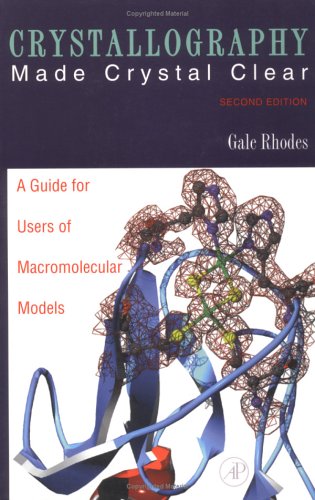

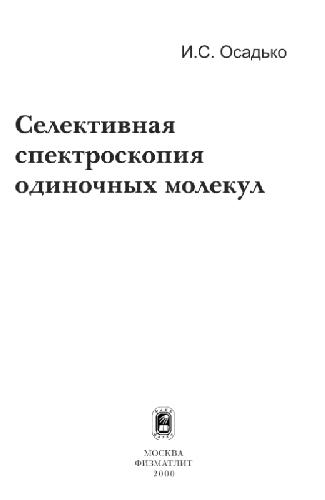
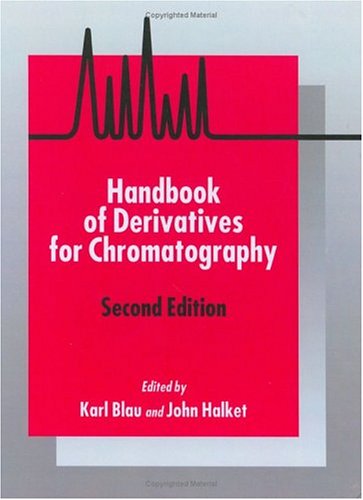
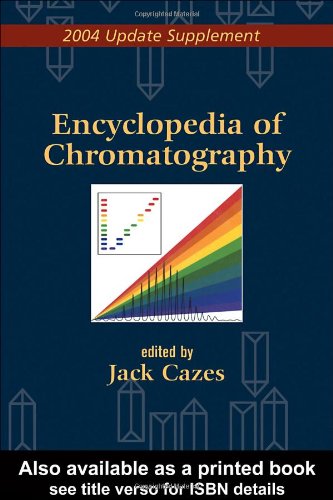
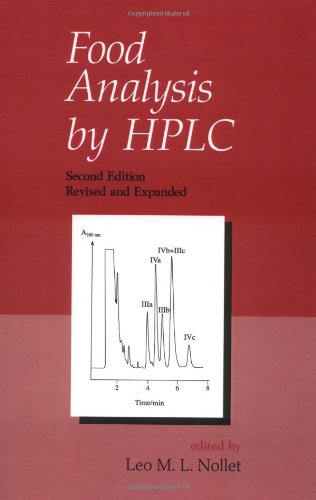

Reviews
There are no reviews yet.